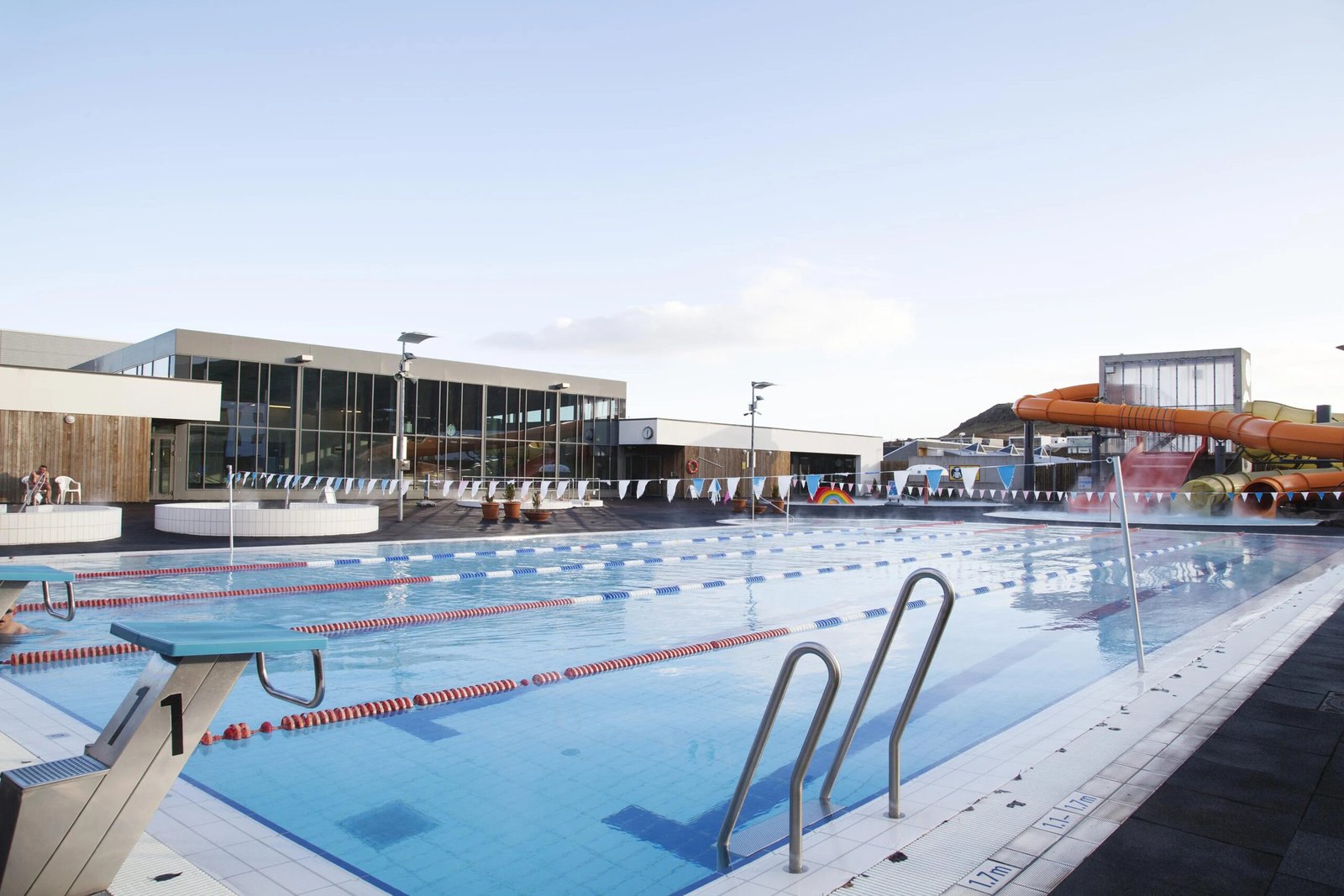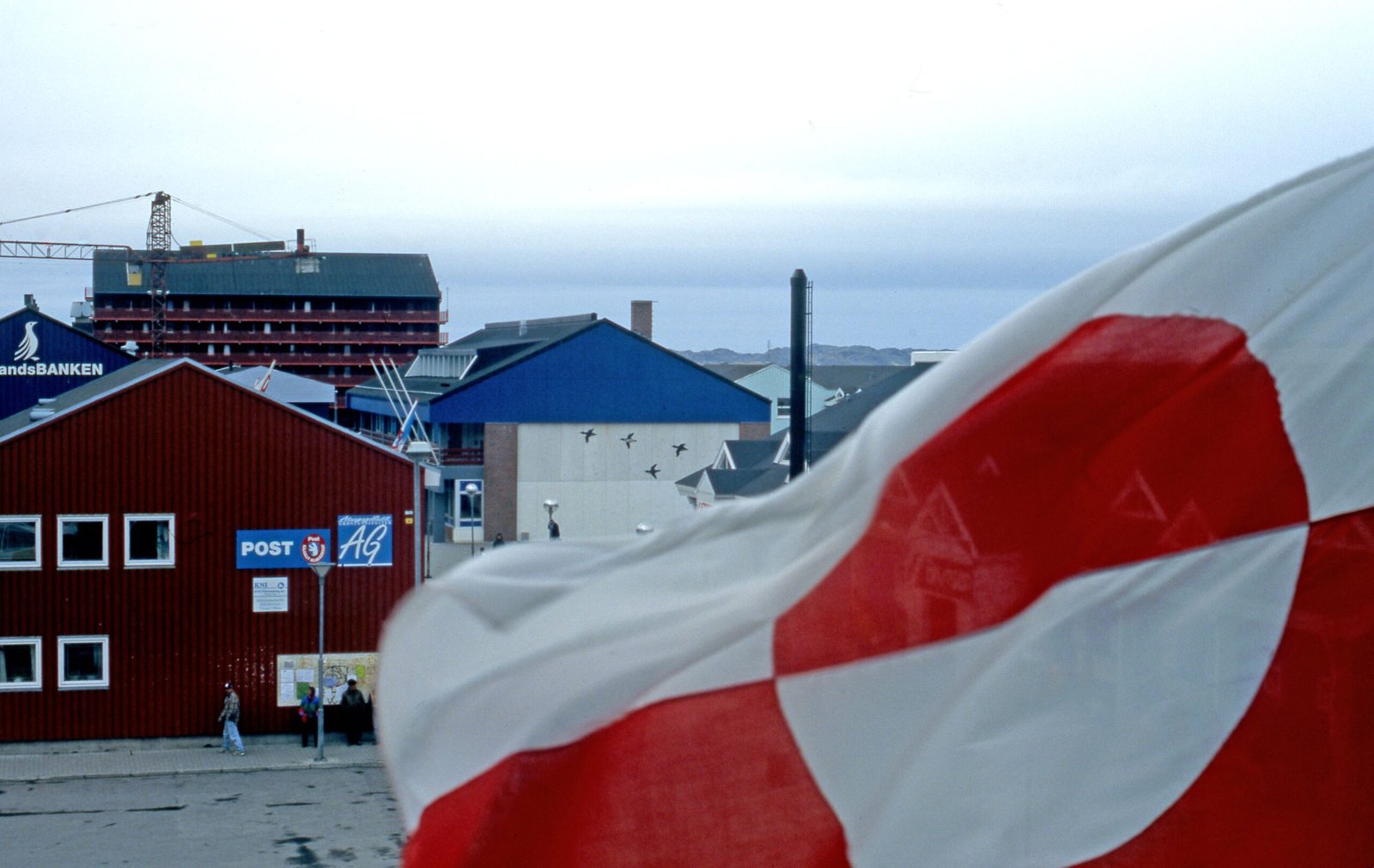The Svalbard Global Seed Vault, known as the “Doomsday Vault,” is home to an extensive collection of 1,301,397 seed samples from nearly every nation. This vault, with the potential to store millions more seeds, serves as a backup for collections, ensuring the protection and preservation of the genetic diversity necessary for future food security. Nestled on the remote Arctic island of Spitsbergen in Norway’s Svalbard archipelago, this vault is crucial in securing the world’s crops against potential disasters. Here is open in Google Maps:
Launched in 2008, the Svalbard Seed Vault was conceived to act as a global reserve, protecting crop diversity from threats like natural disasters, conflicts, and climate change. Its primary mission is to ensure the survival of key food sources in case global agriculture faces catastrophic events.
The Origins and Objectives of the Seed Vault
The concept for the Svalbard Global Seed Vault arose as people increasingly recognized the importance of preserving the diversity of the world’s crops. In the 20th century, agricultural practices shifted toward a more uniform approach, with a growing dependence on a limited number of crop varieties. This lack of diversity heightened the risks of the global food supply being compromised by diseases, pests, or changing climates. Recognizing this vulnerability, experts in the 1980s and 1990s began to advocate for the creation of a secure facility to store seeds for long-term preservation. The vault was made possible through funding from the Norwegian government, with additional contributions from the Global Crop Diversity Trust and other international organizations. It was officially opened on February 26, 2008, with the mission to function as a fail-safe storage location for duplicate seed samples collected from gene banks around the world. Its development was driven by the need to protect against both natural and man-made threats, such as floods, earthquakes, and wars, that could potentially harm agricultural biodiversity.
The Location and Architecture of the Vault
The seed vault is situated roughly 1,300 kilometers (800 miles) from the North Pole, hidden deep within a mountain on the island of Spitsbergen. This remote location was carefully chosen due to its stable environment, minimal tectonic activity, and naturally cold climate, which contributes to the preservation of seeds. The seeds will stay frozen for an extended time, even if there’s a power failure, thanks to the permafrost and rock surrounding the vault.

The vault is designed to endure even the harshest conditions. It includes three chambers, each of which can store up to 1.5 million seed samples, bringing the total capacity to 4.5 million seed varieties. The entrance to the vault features an eye-catching steel and concrete structure illuminated by an art installation that glows through the dark Arctic winters. Inside, the seeds are carefully stored in sealed, moisture-resistant containers to ensure their long-term viability.
The Critical Role of the Svalbard Seed Vault
The Svalbard Global Seed Vault is crucial for ensuring the security of the world’s food supply. It serves as a backup to the 1,700 gene banks across the globe, many of which face risks from poor management, environmental disasters, or political instability. By housing duplicates of these seeds, the vault acts as an insurance policy for humanity, offering a means of restoring crop diversity in the event of a loss or damage to gene banks. The importance of the vault has been demonstrated in real-life situations, such as during the Syrian civil war. The International Center for Agricultural Research in the Dry Areas (ICARDA) had to retrieve seeds from the Svalbard vault to replace those that had been lost in the conflict. This event emphasized the seed vault’s critical role in supporting recovery efforts during times of crisis.
Why Crop Diversity Matters for Global Agriculture
The preservation of crop diversity is not just an academic issue; it is fundamental to the stability and resilience of our global food systems. With an increasing global population and changing climate conditions, the genetic diversity of crops ensures that we can continue to produce enough food to meet growing demands. Uniform agricultural practices, which rely on a limited range of crop varieties, leave our food supply vulnerable to diseases, pests, and extreme weather events. The Svalbard Global Seed Vault is an integral part of safeguarding these genetic resources, ensuring that future generations have access to a wide range of crop varieties that are resilient and adaptable.
Global Collaboration and Partnerships
The success of the Svalbard Global Seed Vault is a testament to the collaboration between nations, scientists, and organizations worldwide. Norway, as the host country, has played a significant role in ensuring the vault’s security and operational success. However, the project also relies on the support and cooperation of gene banks, governments, and non-governmental organizations around the world. The Global Crop Diversity Trust plays a crucial role in the project, offering both financial and technical assistance. This organization works alongside the vault to ensure the sustainable management of the global crop gene pool, making sure that seeds stored in Svalbard are well-preserved and accessible when needed.
Future Challenges and Prospects
Although the Svalbard Global Seed Vault serves as an essential safeguard, the global agricultural system still confronts significant challenges. Issues such as climate change, habitat loss, and political unrest continue to endanger gene banks and biodiversity. Ensuring the continued operation and expansion of the vault will be critical to meet the challenges of the future. Furthermore, awareness and investment in regional gene banks must be strengthened, as these local institutions are the frontline defenders of crop diversity. The Svalbard vault is a backup, but the seeds must first be collected and maintained in their regions of origin before being duplicated for long-term storage in Svalbard.
The Svalbard Vault’s Unique Design for Safety and Security
One of the most remarkable features of the Svalbard Global Seed Vault is its design, built to withstand some of the worst imaginable scenarios. The vault’s remote Arctic location shields it from human conflicts, while the natural coldness of the environment ensures seeds can remain viable even in the event of a global catastrophe. The sealed, moisture-proof containers in which the seeds are stored further enhance the vault’s ability to protect its contents. Additionally, the vault is only accessible under strict guidelines, ensuring that the integrity and security of the seeds remain intact. This limited access prevents tampering and protects the vault’s valuable inventory.
Importance of the Seed Vault
The Svalbard Global Seed Vault represents a powerful symbol of humanity’s commitment to preserving agricultural diversity and ensuring food security for future generations. Located in one of the most secure and remote places on Earth, the vault serves as a crucial insurance policy for the planet’s crop varieties, acting as a backup in the face of natural disasters, war, or environmental changes.
As threats to global agriculture continue to mount, the seed vault’s role in protecting the genetic foundation of our food supply becomes more important than ever. Through global collaboration, innovative design, and careful planning, the Svalbard Global Seed Vault ensures that future generations will have access to the diversity of crops necessary for food security and agricultural sustainability.




